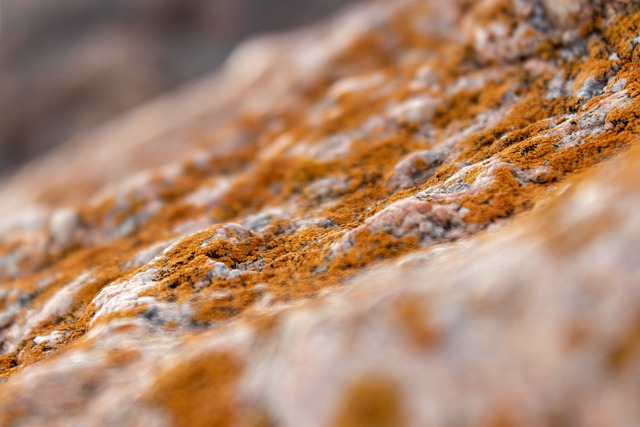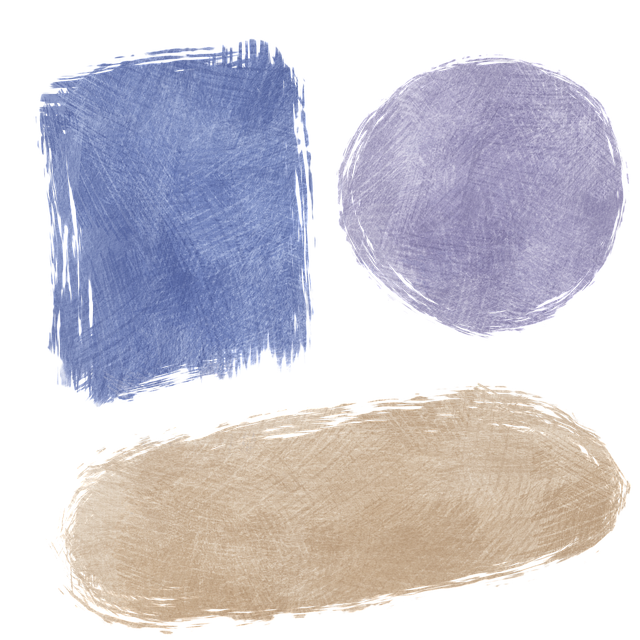Grout sealing is a crucial strategy for maintaining clean and healthy environments in high-moisture areas like bathrooms and kitchens, preventing mold growth and stains by creating an impermeable barrier. Effective grout sealers fill pores, inhibit moisture absorption, and repel liquids, prolonging tile lifespan and enhancing aesthetics. Regular sealing every 1-2 years is recommended, with varying sealant types based on humidity, traffic, and grout conditions. Prompt action, correct sealer selection, complete coverage, and proper maintenance are key to avoiding costly mistakes and ensuring long-lasting protection against mold and stains.
Grout sealing is an essential defense mechanism against mold growth, offering a simple yet effective solution for maintaining clean and healthy spaces. This comprehensive guide explores grout sealing as a proactive approach to prevent mold and stains in your home or property. From understanding the vulnerability of grout to choosing the right sealant and step-by-step application techniques, we’ll navigate you through the process. Learn from common mistakes and discover maintenance tips to ensure long-lasting protection against this insidious issue.
Understanding Grout and Its Vulnerability to Mold

Grout, often overlooked, is a vital component in maintaining a clean and healthy environment, especially in areas prone to moisture like bathrooms and kitchens. It’s essentially a material used to fill gaps between tiles, providing a smooth surface and water-tight seal. However, grout can be a fertile ground for mold growth due to its porous nature. Mold thrives on moisture, and once established, it can quickly spread, causing not only cosmetic issues but also potential health hazards.
In the quest to prevent mold and stains, grout sealing is a game-changer. This process involves applying a protective layer that fills in the pores of the grout, making it impermeable to water and moisture. By sealing grout, you create an impenetrable barrier that hinders mold growth, ensuring your tiles stay clean and free from unsightly stains. Grout sealing to prevent mold is not just about aesthetics; it’s a proactive measure that contributes to a healthier living space.
The Impact of Mold on Health and Property

Mold growth, often hidden in grout lines of bathrooms and kitchens, can have severe health implications. It releases spores that, when inhaled, may cause respiratory issues, allergies, and even neurological problems. Beyond health concerns, mold also poses significant risks to property. It can damage surfaces, structural integrity, and even reduce the value of homes or commercial spaces.
Grout sealing is an effective strategy to prevent mold and stains from forming in these crevices. By creating a protective barrier, grout sealing solutions inhibit moisture absorption, the primary catalyst for mold growth. This simple step not only preserves the aesthetics of tiled areas but also ensures a healthier environment by mitigating potential health risks associated with mold exposure.
How Grout Sealing Acts as a Defense Mechanism

Grout sealing acts as a defense mechanism against mold and stains by creating a protective barrier between your tiles and the external environment. When grout is left unsealed, it becomes porous, allowing moisture and organic compounds to penetrate, which fosters the growth of harmful molds. By applying a high-quality grout sealer, this pathway is closed off, preventing water vapor, dust, and other contaminants from settling into the tiny crevices between tiles.
This protective coating not only prevents mold growth but also shields against unsightly stains. Grout sealing forms a solid surface that repels liquids, making it easier to clean and maintain. It’s especially crucial in areas prone to high humidity or frequent water exposure, such as bathrooms and kitchens, where grout sealing can significantly extend the lifespan of your tile work and keep it looking fresh and clean.
Choosing the Right Sealant for Optimal Protection

When it comes to grout sealing for mold prevention, selecting the appropriate sealant is paramount for achieving optimal protection. Not all sealants are created equal; each type offers varying levels of resistance against moisture, stains, and mold growth. For instance, silane-based sealants are highly effective in penetrating grout lines, providing a powerful barrier against water penetration and mold spores. On the other hand, urethane sealants offer excellent color retention and durability, making them ideal for high-traffic areas where aesthetics matter while still ensuring robust protection against stains and mold.
Understanding your specific needs is key to choosing the right sealant. Consider factors such as the level of humidity in the space, traffic patterns, and existing grout conditions. For kitchens and bathrooms with high moisture levels, a water-repellent sealant is crucial. Conversely, for decorative grout work in less humid areas, a sealant that enhances the grout’s natural color might be more suitable. Regularly sealing grout every 1-2 years ensures sustained protection against mold and stains, maintaining the hygiene and aesthetic appeal of your spaces.
Applying Grout Sealing: Step-by-Step Guide

Applying Grout Sealing: A Step-by-Step Guide
The process of grout sealing is a straightforward yet effective method to prevent mold and stains from forming in your bathroom or kitchen. Begin by ensuring the area is well-ventilated to minimize the risk of inhalation of any fumes. Next, gather your materials: a suitable grout sealer, a clean cloth or sponge, and perhaps a protective mask for extra caution.
Start by cleaning the grout lines thoroughly to remove any dirt or debris using a mild cleaner and a soft brush. This step is crucial as it ensures the sealer adheres correctly. After cleaning, allow the grout to dry completely. Then, apply the grout sealer evenly along the joints using your chosen tool. Spread it liberally but avoid overfilling the lines. Let it dry according to the manufacturer’s instructions before moving on to touch-ups or sealing other surfaces as needed.
Common Mistakes to Avoid During the Sealing Process

When it comes to grout sealing for mold prevention, there are several common mistakes that homeowners often make during the process. One of the biggest is not addressing the issue early enough. Ignoring visible signs of mold or delaying sealing can lead to a more extensive and costly cleanup later. Grout sealing is an essential step in preventing both mold and unsightly stains from forming in your tiles, so it’s crucial to act promptly when necessary.
Another mistake is using the wrong type of sealer for the job. Different sealers are designed for specific types of grout and tile materials. Using a sealer that isn’t compatible with your grout can result in poor adhesion, leaving your grout vulnerable to mold growth. Always check the manufacturer’s instructions and consult with a professional if you’re unsure about the best sealer for your specific needs. Additionally, inadequate coverage is a frequent issue; ensure every surface of the grout lines is thoroughly coated for maximum protection.
Maintenance Tips for Longevity of Grout Sealing

Regular maintenance is key to keeping your grout sealing effective in preventing mold and stains. After initial application, it’s crucial to clean the sealed grout surfaces gently with a soft-bristled brush and mild detergent. This removes any residual dirt or dust that may interfere with the seal’s integrity. Avoid using harsh chemicals or abrasive cleaners which could damage the sealer.
To ensure longevity, inspect your grout sealing regularly for signs of wear or damage. Repalcement might be needed if areas become discolored, loose, or start to show signs of deterioration. Also, consider resealing your grout every few years or as recommended by the product manufacturer. This proactive approach will maintain a protective barrier against mold growth and stains, keeping your spaces looking their best for longer.
Real-World Success Stories: Grout Sealing in Action

In real-world applications, grout sealing has proven to be an effective strategy for preventing mold and stains in various settings. For instance, in commercial spaces like gyms and pools, where moisture levels are high, grout sealing has significantly reduced the occurrence of mold growth on tiled surfaces. Property managers and facility owners have attested to the longevity of sealed grout, which remains free from unsightly stains and harmful mold for years after application.
Residential homes also benefit from this method. Many homeowners share success stories of using grout sealing products to transform their kitchens and bathrooms. By sealing the grout between tiles, they’ve successfully prevented water penetration and subsequent mold and mildew issues, ensuring a clean and healthy living environment. These real-life examples highlight the practical benefits of grout sealing as a proactive measure against both aesthetic deteriorations and health hazards associated with mold growth.
